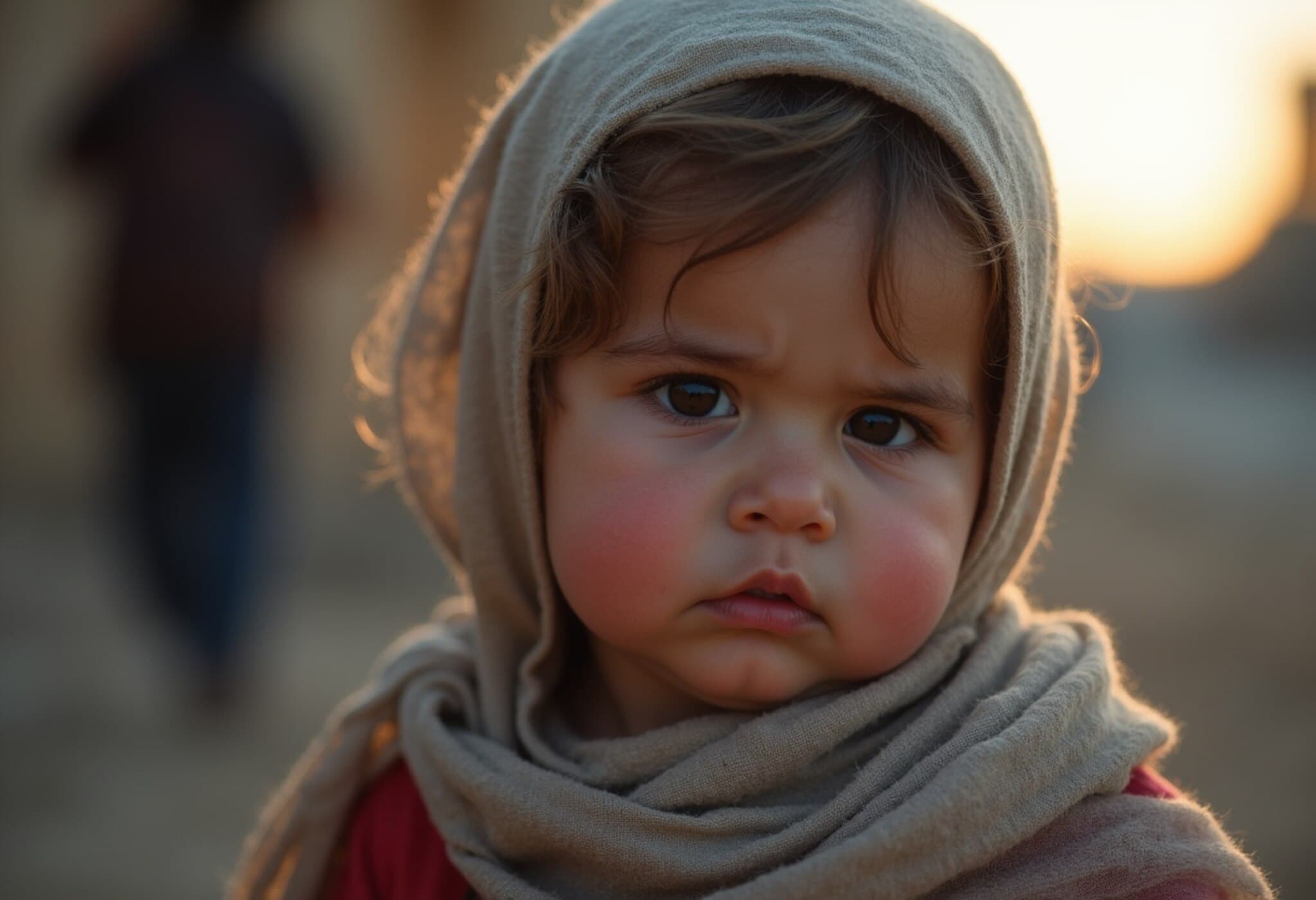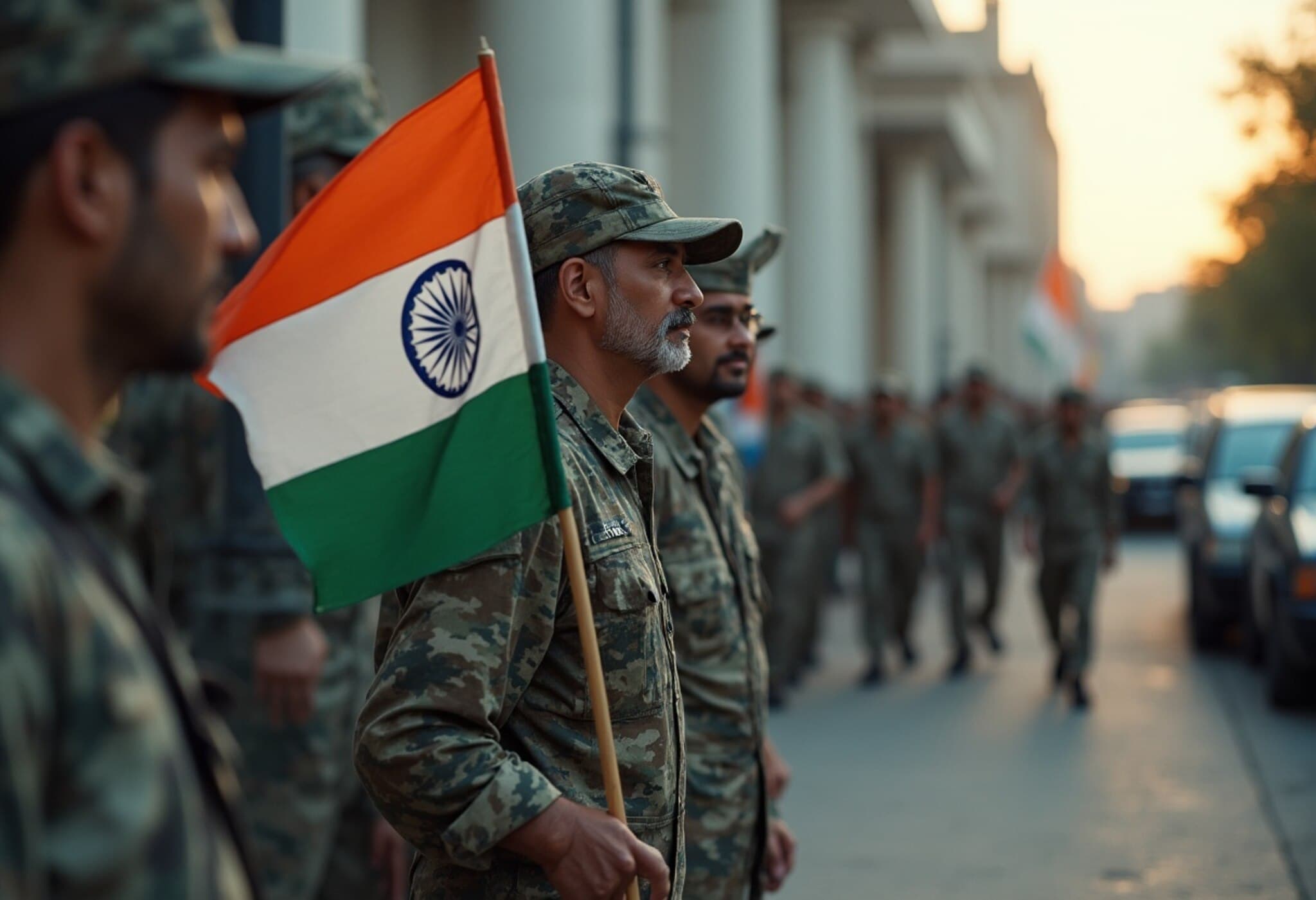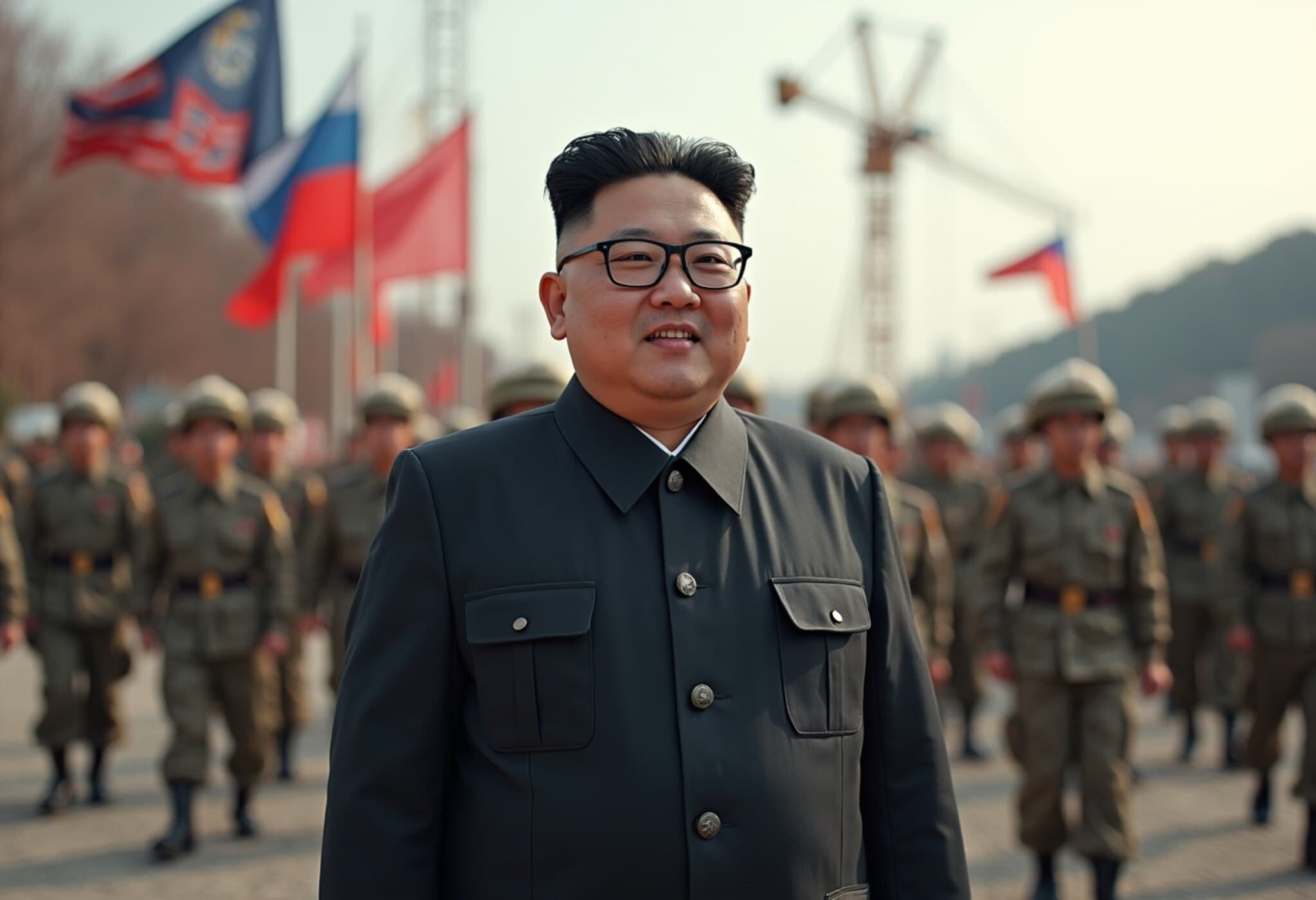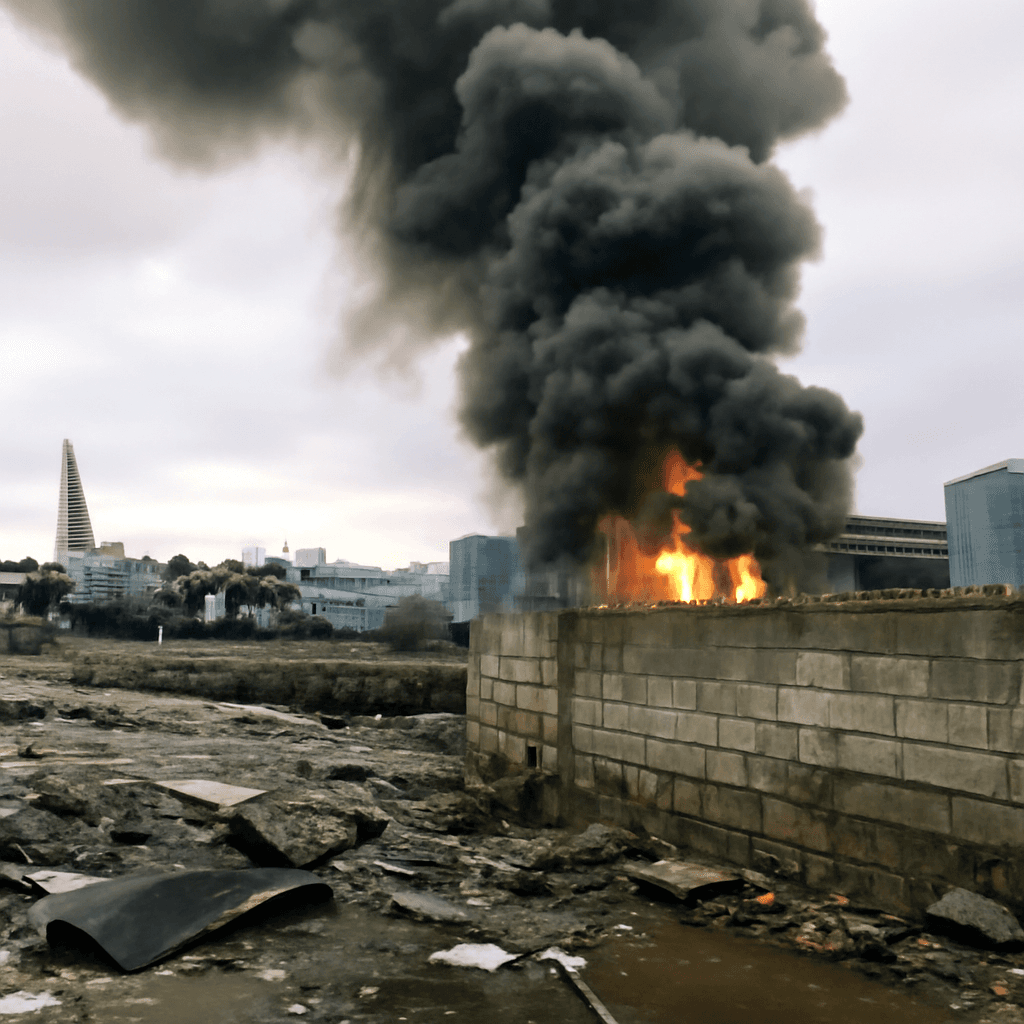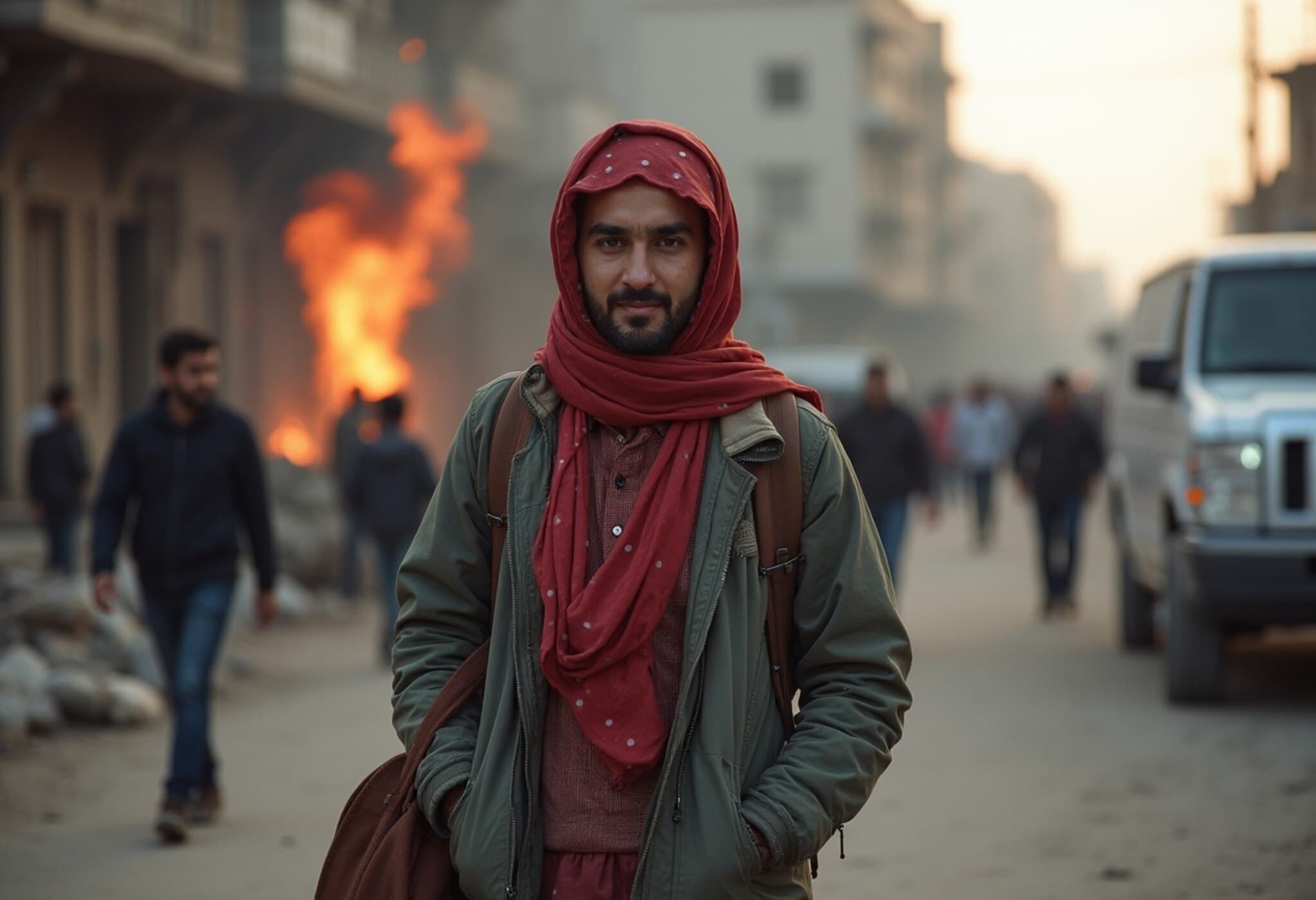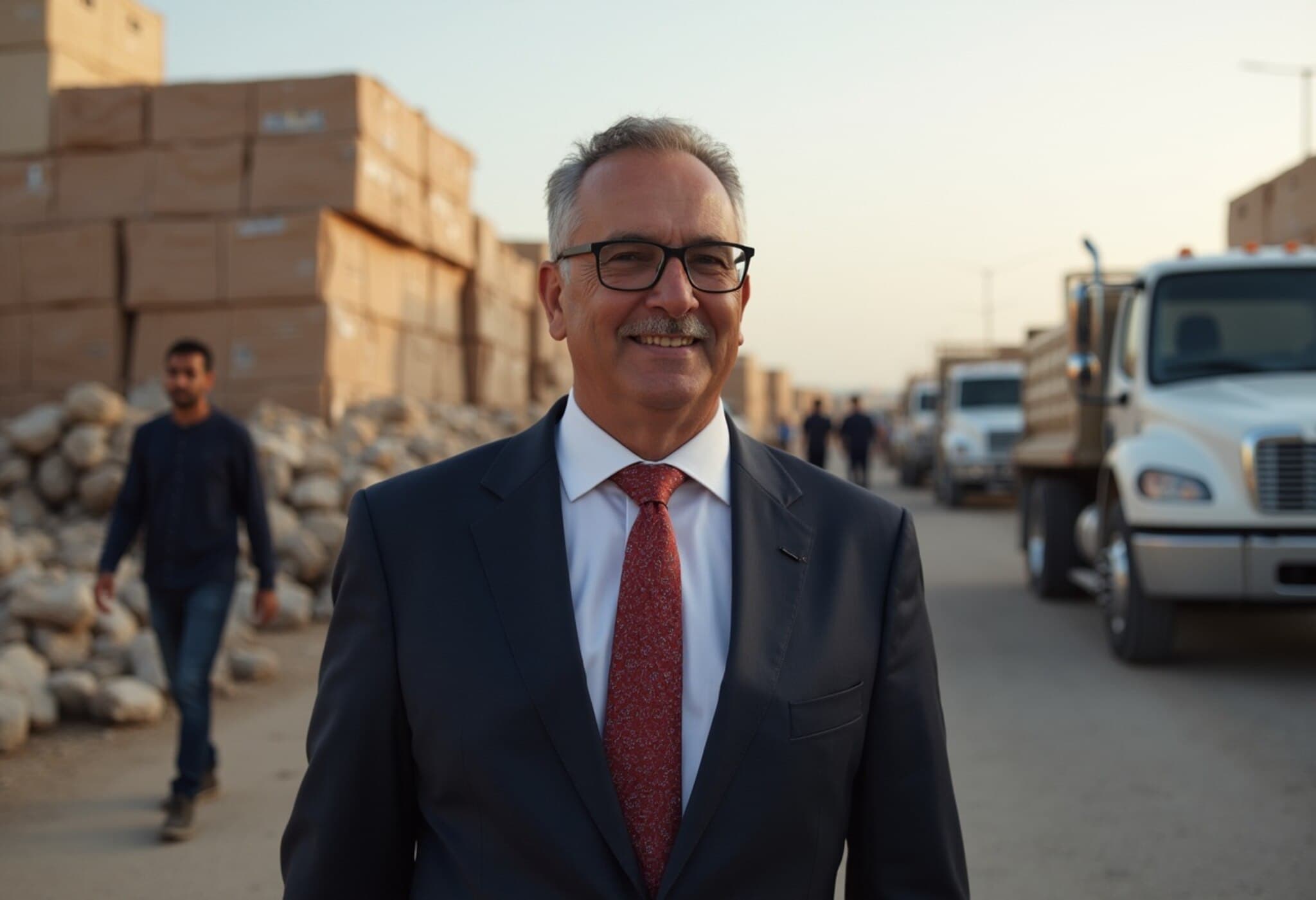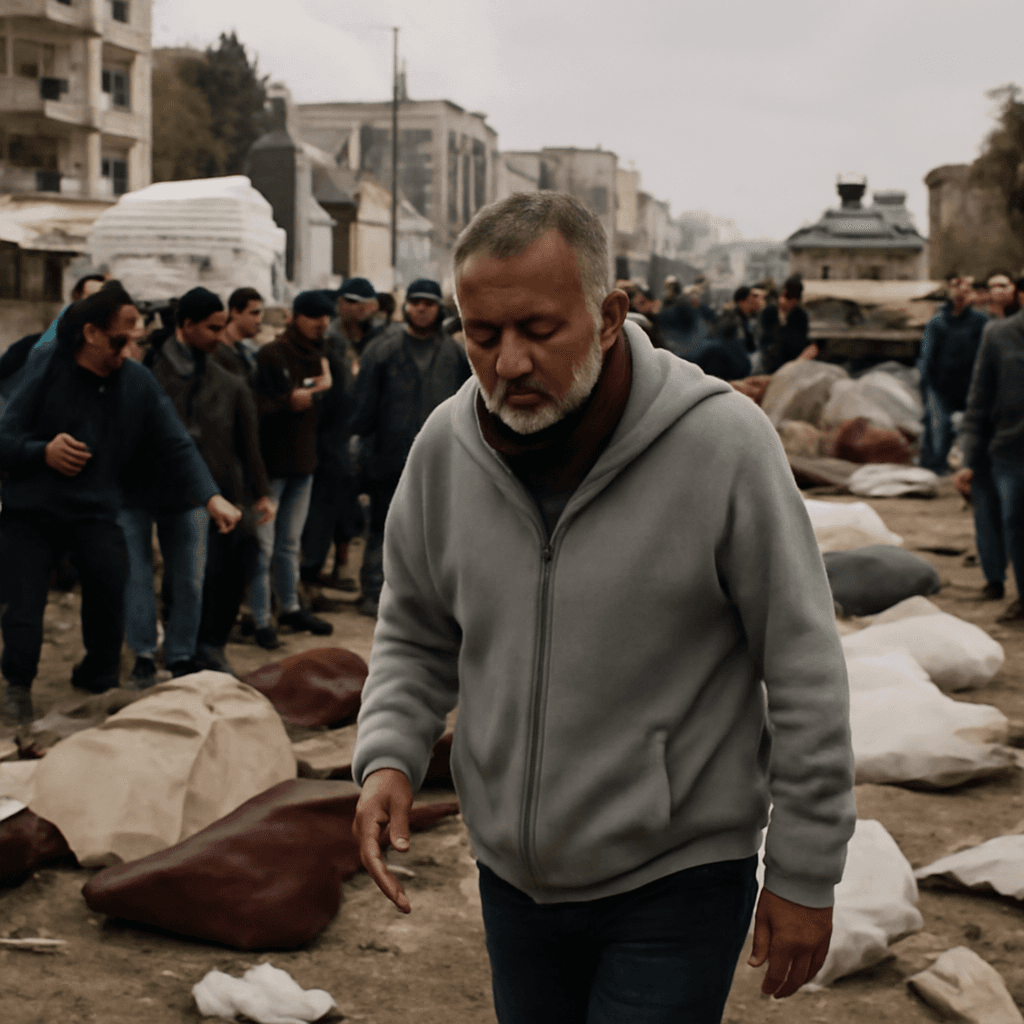The Stark Reality of Starvation in Gaza
Holding a starving infant in your arms is a visceral reminder of how fragile life truly is. In Gaza, this heartbreaking scene plays out daily. Children, some barely clinging to life, wander hospital corridors and streets with their mothers, desperately seeking food or water. Many toddlers look far younger than their age, and older children are stunted, diminished by severe malnutrition. Their trauma isn’t from play but from bombings and relentless hardship, revealing a devastating reality that challenges our collective conscience.
Behind the Borders: An Abundance of Supplies, Yet a Crisis Persists
Surprisingly, the humanitarian crisis is not from a lack of resources. Hundreds of trucks stocked with food, infant formula, and vital medical supplies have lingered at border crossings for months, unable to reach the most vulnerable. This bottleneck begs critical questions: why does the delivery of life-saving aid stall when so many lives hang in the balance? This is a failure not just of logistics but of international will and humanity.
The Ripple Effects of Child Malnutrition
Malnutrition in infancy causes irreversible damage. Beyond the immediate suffering, it leads to stunting, wasting, and developmental delays that impair physical health and cognitive potential. Entire generations risk growing up with diminished capacities, affecting Gaza’s future socio-economic stability and health infrastructure. This crisis is not isolated—it is a long-term threat to an entire population’s well-being.
Challenges Amid Conflict: Medical Care Under Siege
Since March 2, medical supplies have barely trickled into Gaza, jeopardizing critical care. When supplies did enter, unsafe routes and nighttime deliveries rendered them vulnerable. Field hospitals attempt to fill the gaps, but intensive care units—especially for infants—cannot be relocated. Because of ongoing airstrikes and ground operations, hospitals have been targeted, including Nasser Hospital, which endured attacks that shattered windows and endangered patients and staff alike.
Healthcare workers, like Australian medic Claire Manera, have witnessed firsthand the trauma endured by patients. She recounts moments of agony—children receiving care with insufficient pain relief, families powerless as their loved ones suffer. The omnipresent violence, coupled with logistical threats from military forces (such as enforced displacement orders and restricted access zones), leaves medical teams stretched beyond their limits and threatens their ability to save lives.
Restricted Access and ‘Red Zones’
More than 85% of Gaza has been designated as ‘red zones’—areas under imminent threat of attack where civilians are ordered to evacuate. This has effectively corralled populations into ever-smaller areas, which some humanitarian experts fear resembles forced concentration zones. Access for aid organizations is controlled through checkpoints with limited permissions, often requiring long waits under dangerous conditions.
The Psychological Toll on Healthcare Workers and Civilians
The sustained crisis is eroding the morale of medical personnel and the broader community. Local staff working with organizations like Médecins Sans Frontières report increasing depression among their ranks, worn down by witnessing continuous suffering and the lack of global response. The psychological scars on children and families, compounded by physical wounds and hunger, threaten the social fabric.
When Ceasefires Bring More Violence
Disturbingly, ceasefire talks often coincide with spikes in violence—bombings intensify, and distribution sites become dangerous. Aid workers have treated victims shot while waiting for aid at these very sites, underscoring the precarious nature of humanitarian access and the heightened risks civilians face.
What Needs to Change?
- Immediate, unimpeded humanitarian access: The world must pressure parties to allow aid trucks, medical supplies, and personnel safe and timely passage.
- Protection of civilians and medical facilities: Attacks on hospitals violate international humanitarian law and must cease.
- Long-term solutions: Addressing the underlying political conflicts and global apathy that perpetuate this crisis.
Editor’s Reflection: Questions Beyond the Headlines
This crisis in Gaza is not merely a tale of war but an indictment of international indifference and geopolitical paralysis. How did we arrive at a point where vital aid is stalled despite abundant resources? What responsibilities do global powers hold in ensuring protection for vulnerable civilians amid conflict? Most urgently, how can citizens around the world make their voices heard to influence policymakers?
Claire Manera’s testimony reminds us that behind every statistic is a child, a family, and a community suffering in silence. The humanitarian imperative is clear: action must transcend rhetoric to prevent further erosion of humanity in Gaza.
About the Author
Claire Manera is an Australian emergency coordinator with Médecins Sans Frontières, bringing over two decades of experience working in global conflict zones, including her recent mission in Gaza.

